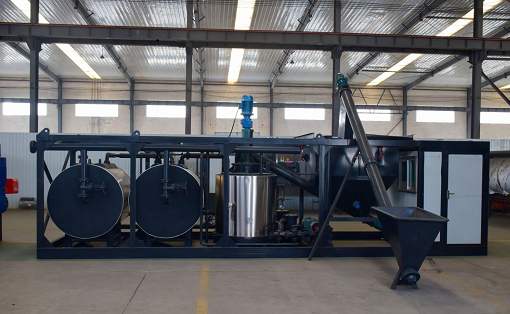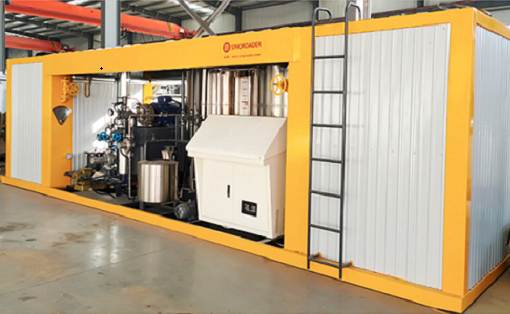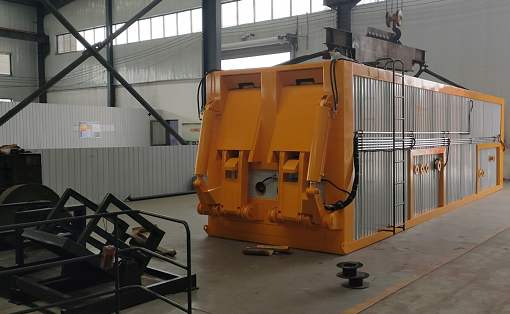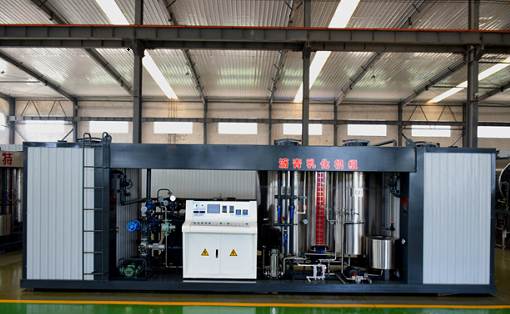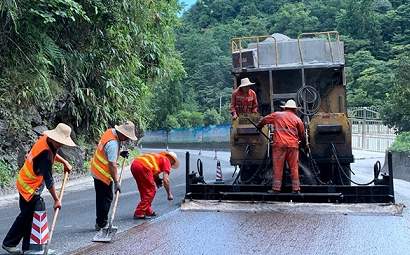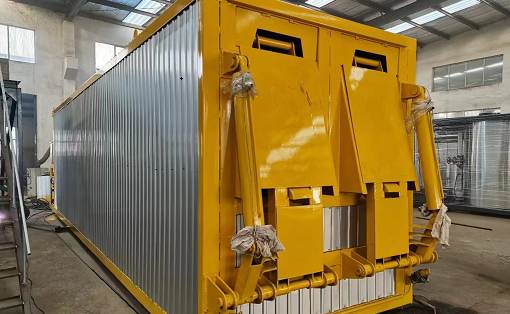The whole process of slurry sealing truck construction
1. Preparation before construction
2. Mix
3. Paving
4. Leveling
5. Shutdown
6. Overlap
7. Crush
1. Preparation before construction
Before the construction of the slurry sealing truck, the penetration layer should be checked for soil contamination, and the contaminated parts should be washed in advance and emulsified asphalt should be sprayed.
2. Mix
The mixture must be mixed evenly without clumping, clumping or whitening. When such a situation occurs, paving should be stopped, the reasons should be checked from the aspects of mineral material gradation, oil-stone ratio, mixing speed, time, etc., and adjustments should be made in a timely manner.
3. Paving
The rubber scrapers around the paving trough must be installed accurately and firmly to ensure that the mixture in the trough is spread as required and no leakage occurs. The mixed slurry mixture flows into the paver box. When the volume of the mixture reaches 2/3 of the volume of the paver box and is filled with material in the road width direction, the paver is started to advance at a constant speed of 1.5 to 3km/h. When paving, the slurry paving amount and mixing amount should be kept basically the same, and the volume of the slurry mixture in the paver box should be about 1/2 of the paver box.
4. Leveling
Immediately after the slurry mixture is spread, manual leveling is performed using a rubber rake. The focus of leveling is on areas that are too thick, too thin or uneven. Any leaks or insufficient slurry should be repaired immediately. When leveling, special attention should be paid to longitudinal scratches caused by oversized aggregates, which should be removed and filled as soon as possible.
5. Shutdown
When any kind of material in the paver is used up, immediately turn off the control switch of all material transportation, let the mixture in the mixing drum be mixed and sent to the paving box. After paving is completed, the paver will stop moving forward.
6. Overlap
The overlap width of two longitudinal seams should not exceed 80mm, and the transverse seams should be made into butt joints. There should be no accumulation of residual material or lack of material at the joints, and the unevenness should not be greater than 6mm.
7. Crush
After the slurry seal layer is laid for initial setting (usually after 30 minutes), it is rolled twice with a tire roller. If defects such as clumps or looseness are found, they should be removed and resurfaced.
The thickness of the paving should be measured at any time on site. If the thickness is found to be inappropriate, the operator should be promptly reminded to adjust the paving thickness.
Traffic control should be implemented after the slurry seal is laid, and traffic can only be opened after it is dried and formed.


